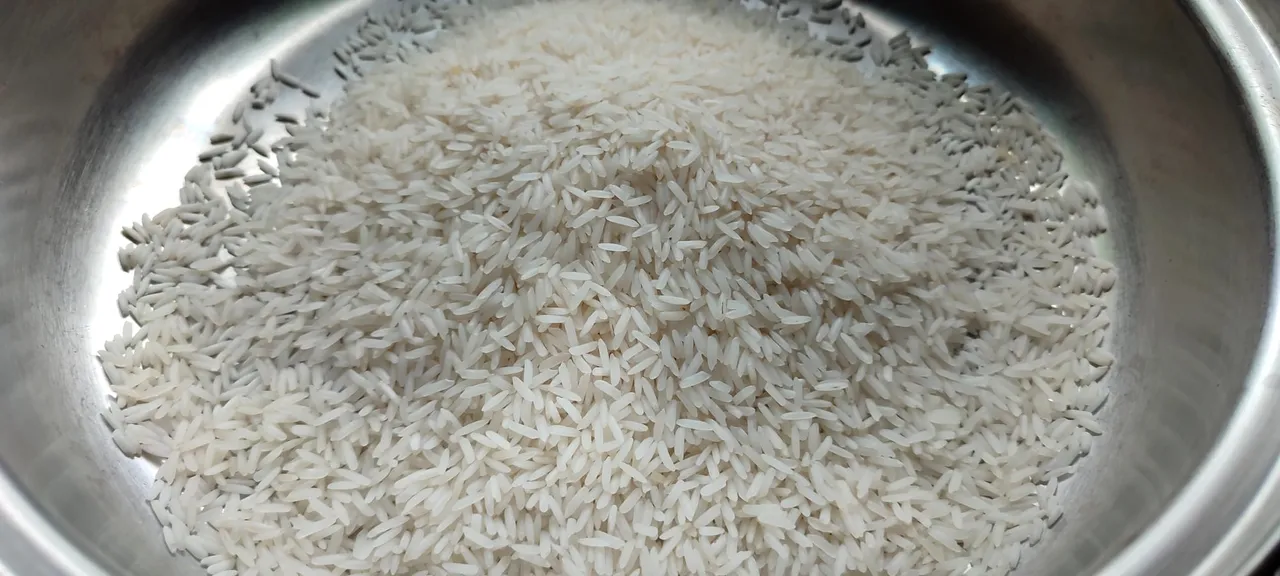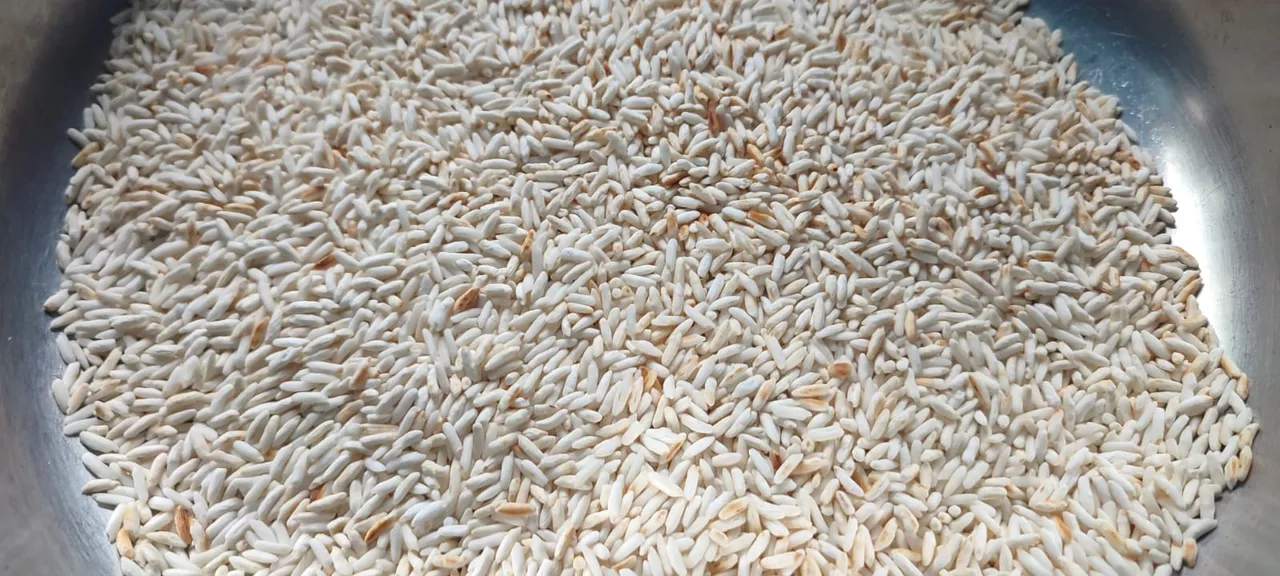
It has been pouring rain today, and I planned to stay in. I went to make coffee, but we ran out, so I made an alternative rice coffee, which we traditionally make in the Philippines. We call it "kapeng bigas," meaning rice coffee, and in our local village, it is called "tinutong na bagas," which means burnt rice. It is an old tradition in the Philippines and has been enjoyed by many generations, especially in the rural areas.
An early morning walk in some villages in the Philippines will greet you with the aroma of rice and coffee. In rural villages, making rice coffee for breakfast is usual.
It is caffeine-free and full of antioxidants, and some believe that it aids in digestion and improves gut health.
The beautiful aroma I woke up to when I was little reminds me of many things.
Here's how.
A little warning: It can wreck your pan, so use an old pan. It is smoky, so it's best to open the windows.

Heat a pan over medium heat and add the rice. I used jasmine rice.
Below are the stages of how the rice looked when roasted.






Roast the rice, stirring frequently, until it turns a deep brown color but is not burnt. This can take 10-20 minutes. The rice has its own oil and will still cook after the heat is off.

Let the rice cool completely.

Store in a jar to keep them fresh.

Add a couple of tablespoons of roasted rice to a cup of hot water to make the coffee. Let it steep for 5-10 minutes, then strain and serve.

Alternatively, you can grind it in a coffee grinder and use a coffee maker.
It can be served hot or cold. Add milk if you prefer a creamier taste similar to a latte.

I enjoyed my stay-in today with my rice coffee, which brought back some beautiful memories of the old days. The taste is good and unique but not far from real coffee. It's a very good substitute.
Have a wonderful day, everyone.
Mariah ☕😊💗